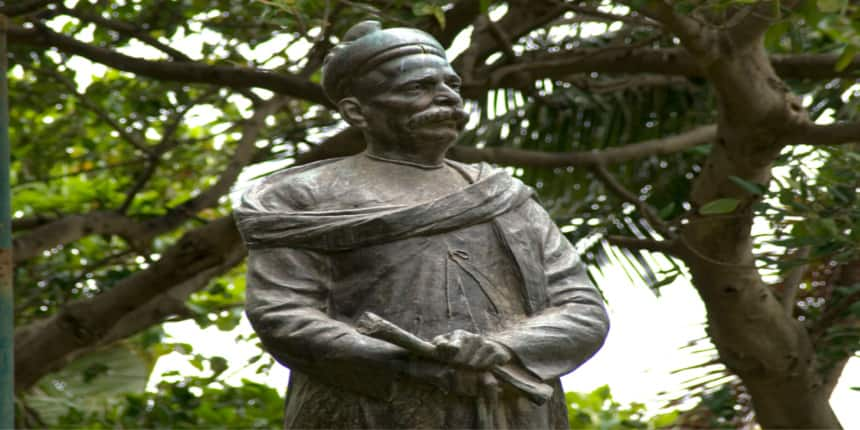Lal Bal Pal Full Form
Introduction:
Lal, Bal and Pal are three nationalists from British India.
Lal means Lala Lajpat Rai in Punjab indivisible, Bal means Bal Gangadhar Tilak in Maharashtra, and Pal means Bipin Chandra Pal in Bengal indivisible.
They were dogmatic nationalists in the early 20th century, from 1906 to 1918, in British India.
There are five Swadeshi movements that include a boycott of all imports and their use.
It is called an Indian product. Three people from all walks came together to participate in the Swadeshi movement.
Together, they have successfully captured the hearts of younger generations across India.
- Introduction:
- Their legacy:
- Lala Lajpat Rai:
- Bal Gangadhar Tilak:
- Bipin Chandra Pal:

Their legacy:
Lal-Bal-buddy mobilised Indians against the partition of Bengal, and the protests, moves and boycotts of British goods that commenced in Bengal quickly spread to other parts of the united states of America as a wider protest in opposition to the overlordship.
The nationalist movement gradually waned with the arrest of key chief Bal Gangadhar Tilak and the withdrawal of Bipin Chandra's friend and Aurobindo Ghosh from lively politics.
Lala Lajpat Rai was injured while British Police Commissioner James A. Scott ordered the British Indian Police to flee and personally attacked Rai. He died on November 17, 1928.
Lala Lajpat Rai:
Lala Lajpat Rai was born on 28 January 1865 in Punjab to a family that allowed religious freedom.
Rai believed in this principle even earlier than focusing his efforts on India's self-sufficiency. In 1895, he founded the countrywide financial institution of Punjab, the primary Indian bank entirely primarily based in the Indian capital, which continues to operate nowadays.
Rai travelled to the United States in 1907 and observed similarities between the "coloured caste" practised there and the caste device familiar in India.
In 1917, he even founded the Indian domestic Rule League of America there.
Bal Gangadhar Tilak:
Bal Gangadhar Tilak (23 July 1856 - 1 August 1920) was an Indian nationalist, instructor, and independence activist.
In 1884 he founded the Deccan Instruction Society in Pune, and beneath its banner opened the new English college for primary training and Fergusson university for higher schooling.
His involvement in the instructional group became to highlight the cultural rebirth of the younger Indian spirit.
Tilak became "the daddy of unrest in India" to the British. When the Indian country-wide Congress was divided into moderates and extremes, each member opposed the British government.
Bipin Chandra Pal:
The father of modern thoughts, Vipin Chandra's friend, became born right into a rich family in Sylhet, Bengal (now Bangladesh).
A friend became a journalist by way of alternative, regularly contributing to numerous newspapers.
He used his literary historical past to jot down the usage of British goods and urged Indians to use Swadeshi items as an alternative.
He believed that heavy dependence on Swadeshi products could assist in raising humans out of poverty.
Frequently Asked Questions (FAQs)
Lal means Lala Lajpat Rai in Punjab indivisible, Bal means Bal Gangadhar Tilak in Maharashtra, and Pal means Bipin Chandra Pal in Bengal indivisible.
Lala Lajpat Rai was born on 28 January 1865 in Punjab to a family that allowed religious freedom.
Bal Gangadhar Tilak (23 July 1856 - 1 August 1920) was an Indian nationalist, instructor, and independence activist.
The father of modern thoughts, Vipin Chandra's friend, became born right into a rich family in Sylhet, Bengal (now Bangladesh)
Lal, Bal and Pal are three nationalists from British India.

